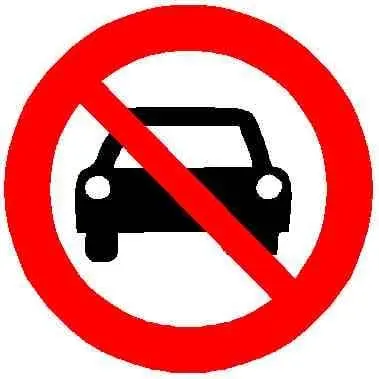- cross-posted to:
- dataisbeautiful@lemmy.ml
- cross-posted to:
- dataisbeautiful@lemmy.ml
cross-posted from: https://jlai.lu/post/6800661
Transportation mode, World vs USA
Needed like five minutes just to understand the graph, but man it is packed with useful information. Data is indeed beautiful. And the mobility triangle in the US of A isn’t.
I’m going to use this as an example of one of the worst visualizations I’ve ever seen.
I’d like to see a map where the Netherlands are not included. We in Europe are not (always) car-centric but the public transport is awful in some places.
I get the impression that Netherlands public transport is above average but not exceptional in Europe (although it depends on which countries you are comparing to). But their bike infrastructure is world leading.
Curious how the plots on the left would compare if it compared population densities instead of populations.
I really like your idea. It would be great insight to have.
Yeah, the graph on the left is the only one I question …. There’s not many cities in the US above 10M, and NYC has a lot of transit and walking users
Edit: I didn’t see any data source.
- By strict city boundaries, no us city is 10M so that graph would be invalid
- By Metropolitan Statistical area, only nyc and la are 10M, and Chicago is close, so I would have expected more than 10% walk/transit
I live in a state with good transportation options for the US. I am trying to get over to the next town to get meds for my dog without a car. My public transit options are “get fucked” and my bike options are “some protected lanes which may kill you”
My ultimate call was to take a city sponsored ride share app(public transit adjacent) half way, and walk to rest.
I am lucky enough to have the city sponsored ride share app and be able bodied enough to walk the rest of the way.
Damn that sounds dystopian. In germany I can visit literally every village and city with public transport. It’s not very punctual or reliable depending on the route and length of the trip. Weekend buses into small villages are also only a couple times per Day. But it’s definitely possible. In cities I think you can get to every adress without needing to walk very much. Usually I have to walk 5-10mins when I visit someone with public transport. On average I say you have to plan for 30-60minute delay every couple days.
I prefer to ride a bike, which you cna also takes everywhere, some paths may be loud and/or shitty though. But I think every village/city has a fair share of beatiful bike paths especially in the forests. Forests are also everywhere I don’t think I have ever been further than 30mins walking distance from a forest.
It ended with me having to walk from the vet to a shopping plaza to get a ride. I had to cross two major roads with no pedestrian support. I am a pretty daring pedestrian, but this was harrowing
How do we know these cities aren’t cherry picked? The data seems a bit overwhelming.
The “794 cities worldwide” line in the triangle is not very representative, since almost half of those cities are taken from USA.
A very interesting thing to consider here (looking at the upper graph) is interoperability between car journeys and public transit.
Closing larger cities off to private vehicles essentially means closing them off from people living in less populated areas. As a person in this category, I’d love to be able to conveniently switch from car to public transit once I reach areas where that is feasible.
I used to do that for a while, but recently they added parking fees at our commuter station, and thus it really isn’t possible to justify the huge loss of time and flexibility that public transit represents.
Strasbourg (France) is a good example in that regard. City center is closed to traffic, there are large parking facilities just outside the center, and the day-parking including a day-ticket for the Tram.
Yep, that would be ideal. In areas with sufficient population density to support public transit, you facilitate connections with other modes of transportation.



